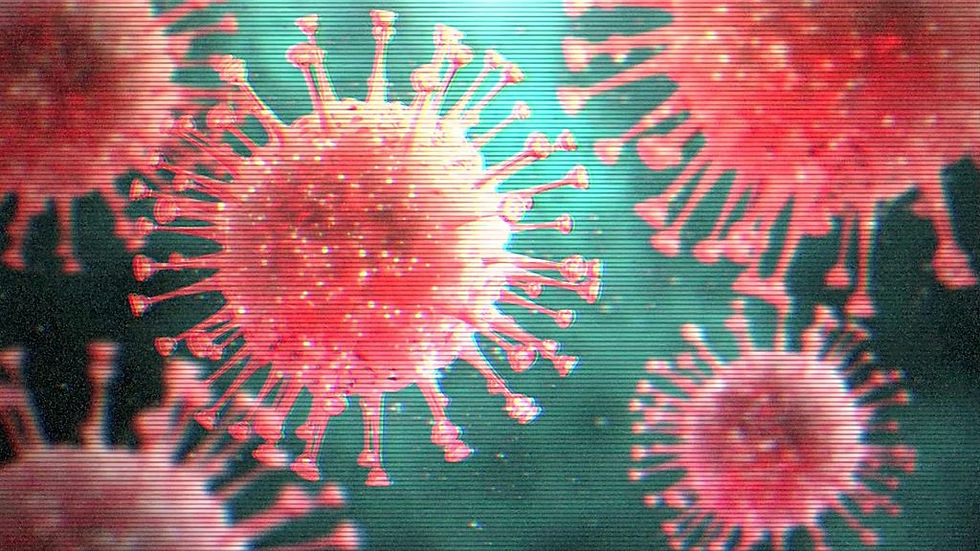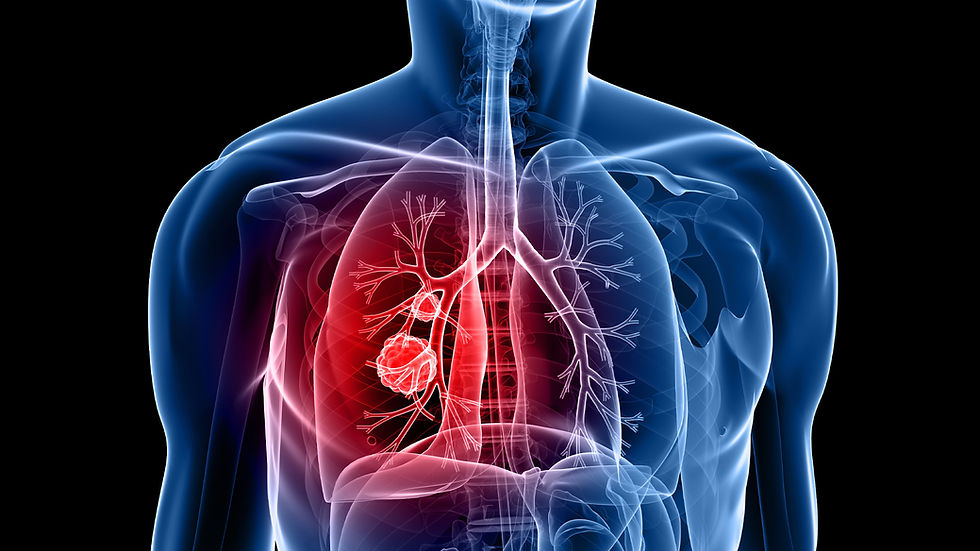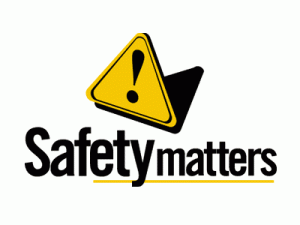Oxygen and Coronavirus
- Direct O2

- Mar 20, 2020
- 2 min read
Updated: Mar 27, 2020

How is the virus affecting people?
Prof John Wilson, president-elect of the Royal Australasian College of Physicians and a respiratory physician says almost all serious consequences of Covid-19 feature pneumonia.
Wilson says people who catch Covid-19 can be placed into four broad categories.
1) The least serious are those people who are “sub-clinical” and who have the virus but have no symptoms.
2) Next are those who get an infection in the upper respiratory tract, which, Wilson says, “means a person has a fever and a cough and maybe milder symptoms like headache or conjunctivitis”. He says: “Those people with minor symptoms are still able to transmit the virus but may not be aware of it.”
3) The largest group of those who would be positive for Covid-19, and the people most likely to present to hospitals and surgeries, are those who develop the same flu-like symptoms that would usually keep them off work.
4) A fourth group, Wilson says, will develop severe illness that features pneumonia.
He says: “In Wuhan, it worked out that from those who had tested positive and had sought medical help, roughly 6% had a severe illness.”
The World Health Organization (WHO) says the elderly and people with underlying problems like high blood pressure, heart and lung problems or diabetes, are more likely to develop serious illness.
How does the pneumonia develop?
When people with Covid-19 develop a cough and fever, Wilson says this is a result of the infection reaching the respiratory tree – the air passages that conduct air between the lungs and the outside. He says: “The lining of the respiratory tree becomes injured, causing inflammation. This in turn irritates the nerves in the lining of the airway. Just a speck of dust can stimulate a cough. “But if this gets worse, it goes past just the lining of the airway and goes to the gas exchange units, which are at the end of the air passages.
“If they become infected they respond by pouring out inflammatory material into the air sacs that are at the bottom of our lungs.” If the air sacs then become inflamed, Wilson says this causes an “outpouring of inflammatory material [fluid and inflammatory cells] into the lungs and we end up with pneumonia.” He says lungs that become filled with inflammatory material are unable to get enough oxygen to the bloodstream, reducing the body’s ability to take on oxygen and get rid of carbon dioxide.
How can the pneumonia be treated?
Prof Christine Jenkins, chair of Lung Foundation Australia and a leading respiratory physician, says “Unfortunately, so far we don’t have anything that can stop people getting Covid-19 pneumonia. “People are already trialing all sorts of medications and we’re hopeful that we might discover that there are various combinations of viral and anti-viral medications that could be effective. At the moment there isn’t any established treatment apart from supportive treatment, which is what we give people in intensive care.

“We ventilate them and maintain high oxygen levels until their lungs are able to function in a normal way again as they recover.” Wilson says patients with viral pneumonia are also at risk of developing secondary infections, so they would also be treated with anti-viral medication and antibiotics.
This BLOG was published by www.theguardian.com




Comments